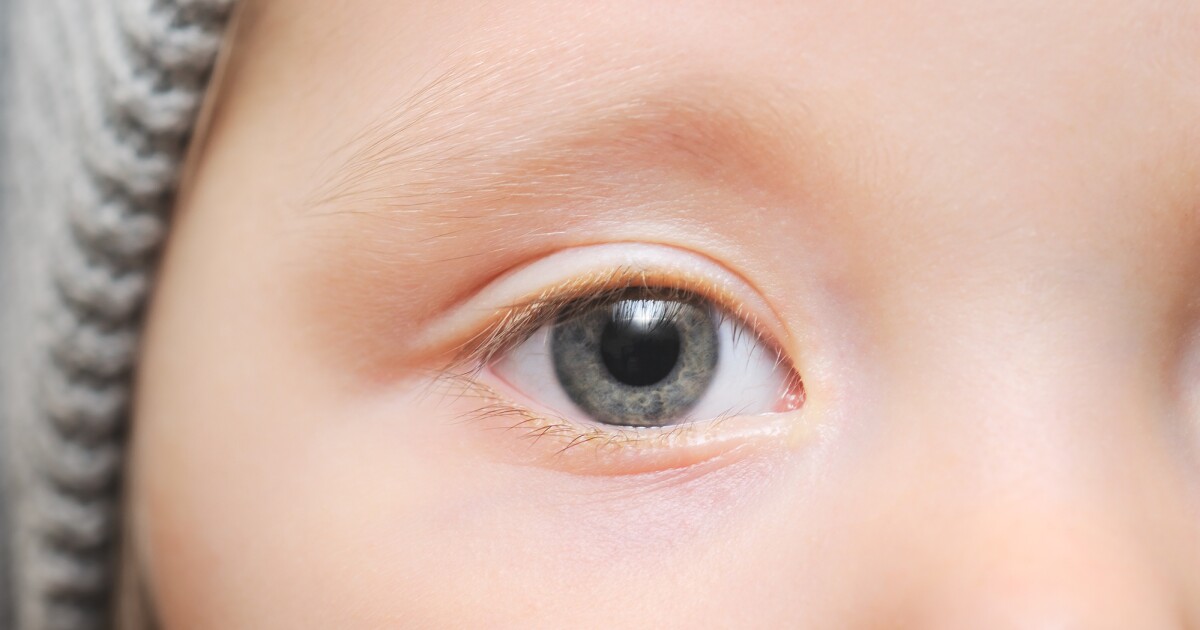- Arvind's Newsletter
- Posts
- Arvind's Newsleter
Arvind's Newsleter
Issue No #1007
1.Savitri Jindal beats Ambani and Adani on Net Worth surge in 2023 to become 5th wealthiest Indian.
Savitri Jindal, chairperson of the OP Jindal Group, is India's richest woman and now also the fifth-wealthiest person in the country. According to a report by The Economic Times citing the Bloomberg Billionaires Index, Savitri Jindal has seen the highest net worth rise among India’s richest over the past calendar year, with her fortune growing by $9.6 billion during the period.
Mukesh Ambani, whose net worth is highest among Asians, registered a rise of nearly $5 billion, and his total wealth now stands at $92.3 billion, added the report. Gautam Adani, the second-richest Indian behind Ambani, saw a decline in his net worth by $35.4 billion to $85.1 billion.
Savitri Jindal’s total wealth now stands at around $25 billion, putting her ahead of Wipro's Azim Premji at nearly $24 billion, said the report.
2.YouTube is the final place to watch unbiased news in India. Can it last? Sonia Faleiro opines in Rest of World. As Modi’s government clamps down on the free press, top journalists are forging their own channels to report unbiased news — for now. Read on
3.Smaller cities a big market for Apple, account for over 60 per cent of sales now
"Before the pandemic, Apple's focus was merely on Tier-I or maximum Tier-II markets through its premium resellers and broader regional distributors as bulk of the demand came from and was catered to tier-1 markets which was more than 65-70%," Neil Shah, vice president of Counterpoint Research, told Economic Times.
But then, Apple diversified its channel strategy in 2019, increasing focus on e-commerce platforms as Indian consumers increasingly became comfortable buying even expensive products online as well as large-format retail outlets like Croma and Reliance Digital that helped it cater to more zip codes. The Cupertino-based technology giant also made its products more accessible by providing consumers easier access to credit with no-cost EMI options.
4.India’s Tata sets sights on food and drink deals reported the Financial Times.
India’s Tata conglomerate is on the hunt for food and drink acquisitions that it can grow internationally, as the Tetley tea owner sets out to become a major consumer goods player.
Sunil D’Souza, chief executive of Tata Consumer Products, told the Financial Times the company was in discussions with multiple people about possible acquisitions but ideally wanted to buy a brand with global reach.
The company, which generated $1.7bn in revenues last year and whose brands also include Teapigs tea bags, Eight O’Clock coffee and Soulfull cereals, was formed in 2020 following the merger of Tata Group’s beverages business and the consumer division of its chemicals company.
Since its formation, the consumer group has made three large acquisitions in an attempt to grow beyond its dominant beverages business, which makes up 70 per cent of revenues. Rumours of potential buyouts by the group have swirled this year, including reports that Tata was in talks to buy a majority stake in Indian snack giant Haldiram, but was not prepared to shell out for the $10bn price tag.
D’Souza neither confirmed nor denied the reports, but said the group had clearly identified places it wanted to expand, adding that the company was holding $300mn in cash on its balance sheet.“We’re carrying it because we want to keep our powder dry,” he said.
5.Thailand is on a mission to make the one of the world’s busiest shipping routes not so busy anymore.
A proposed Landbridge project linking two seaports on either side of the Thai peninsula will cost $29 billion and break even only in 24 years, but lower shipping costs by 15% and cut travel time by about four days. That’s because logistics operators will no longer need to cross the Malacca Strait to travel between the Indian and Pacific Oceans. Southeast Asia’s second-largest economy has pitched the Landbridge project to potential investors from the US, West Asia, and China. It’s estimated that it will help create around 280,000 jobs.
6.An artificial-intelligence tool diagnosed autism in 100% of tests from retinal photographs.
The study took 958 children, half of whom had a diagnosis of autism spectrum disorder, and took scans of their retinas. It trained the AI using 85% of the images, and then used to classify the remaining 15%. The AI correctly categorized all of them as either ASD or neurotypical. Some of the children were as young as four, suggesting that — if the study’s findings are replicated — retinal scans could provide a useful biomarker for early diagnosis, helping direct specialist support to children who need it.


